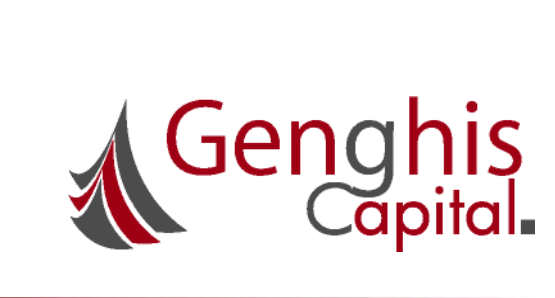Loans allow businesses to build factories and hire workers, for people to buy homes, and for developers to build retail spaces. So when the spigot of credit gets shut off, the US economy tends to seize up.
The July 2016 Senior Loan Officer Opinion Survey on Bank Lending Practices (SLOOS) addressed changes in the standards and terms on, and demand for, bank loans to businesses and households over the past three months.1 This summary discusses the responses from 71 domestic banks and 23 U.S. branches and agencies of foreign banks.2
Regarding loans to businesses, the July survey results indicated that, on balance, banks tightened their standards on commercial and industrial (C&I) and commercial real estate (CRE) loans over the second quarter of 2016.3. The survey results indicated that demand for C&I loans was little changed, while demand for CRE loans had strengthened during the second quarter on net.
Regarding loans to households, banks reported that standards on all categories of residential real estate (RRE) mortgage loans were little changed, on balance, except for those eligible for purchase by government-sponsored enterprises (known as GSE-eligible mortgage loans), for which a moderate net fraction of banks reported having eased standards, and for subprime residential mortgages, for which a moderate net fraction of banks reported having tightened standards. Banks also reported, on net, that demand for most types of RRE loans strengthened over the second quarter. In addition, banks indicated that changes in standards on consumer loans were mixed, while demand strengthened across all consumer loan types.
Responses to a set of special annual questions on the approximate levels of lending standards suggested that banks’ lending standards for all categories of C&I loans are currently easier than the midpoints of the ranges that have prevailed since 2005 (explained more fully below), except for syndicated loans to below-investment-grade firms. However, banks also generally indicated that standards on all types of CRE loans are currently tighter than the midpoints of their respective ranges. Compared with the July 2015 SLOOS, fewer banks reported easier levels of standards and more banks reported tighter levels of standards for all business loan types.
In addition, banks continued to report in the July 2016 SLOOS that the levels of standards for all types of RRE loans are currently tighter than the midpoints of the ranges observed since 2005. Moreover, banks indicated that consumer loans to subprime borrowers are currently still tighter than their midpoints, while consumer loans to prime borrowers are currently easier than those reference points. Finally, the July 2016 SLOOS introduced a new question on the current level of standards on loans to nondepository financial institutions. A modest percentage of banks indicated that the current level of standards on these loans is tighter than the midpoint of the range that has prevailed since 2005.


